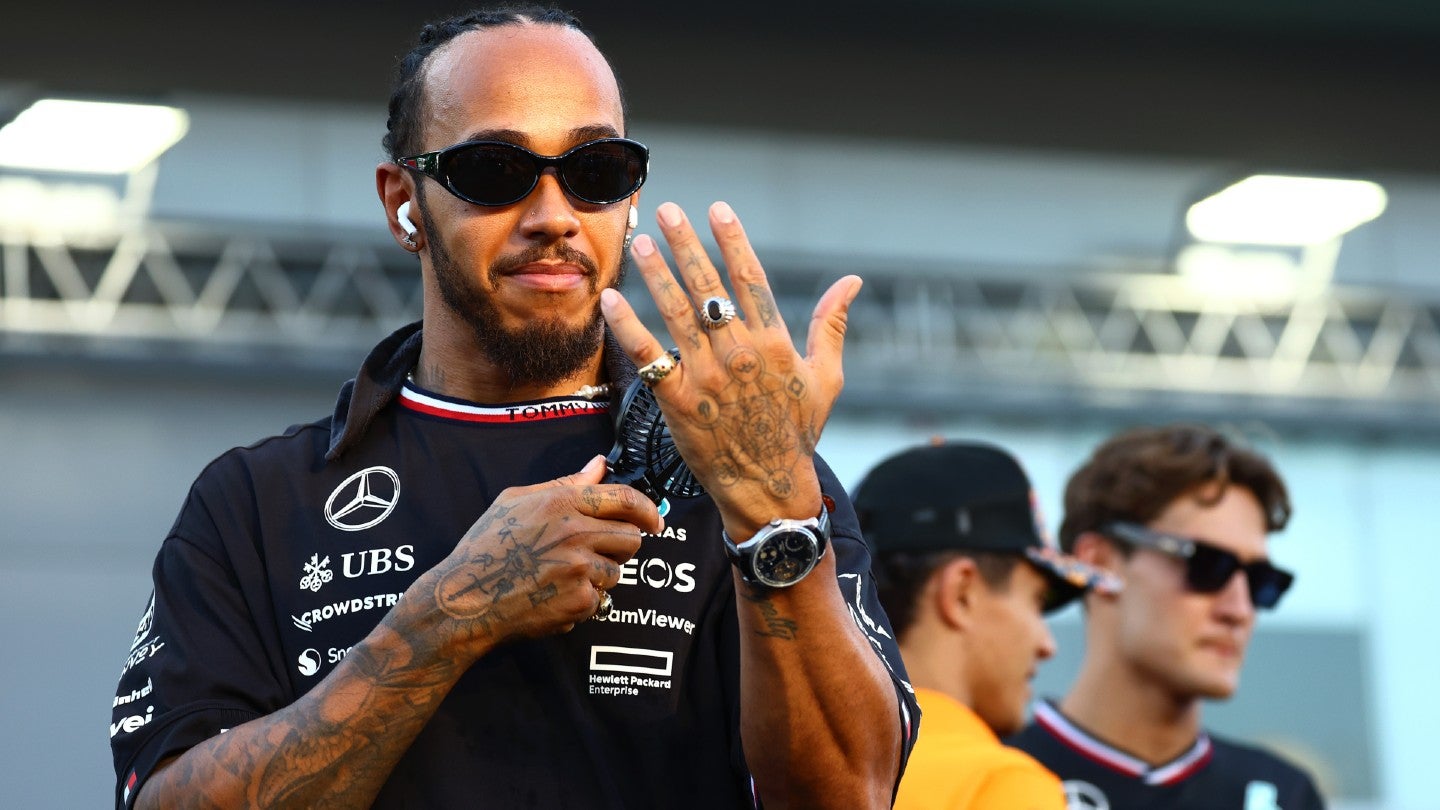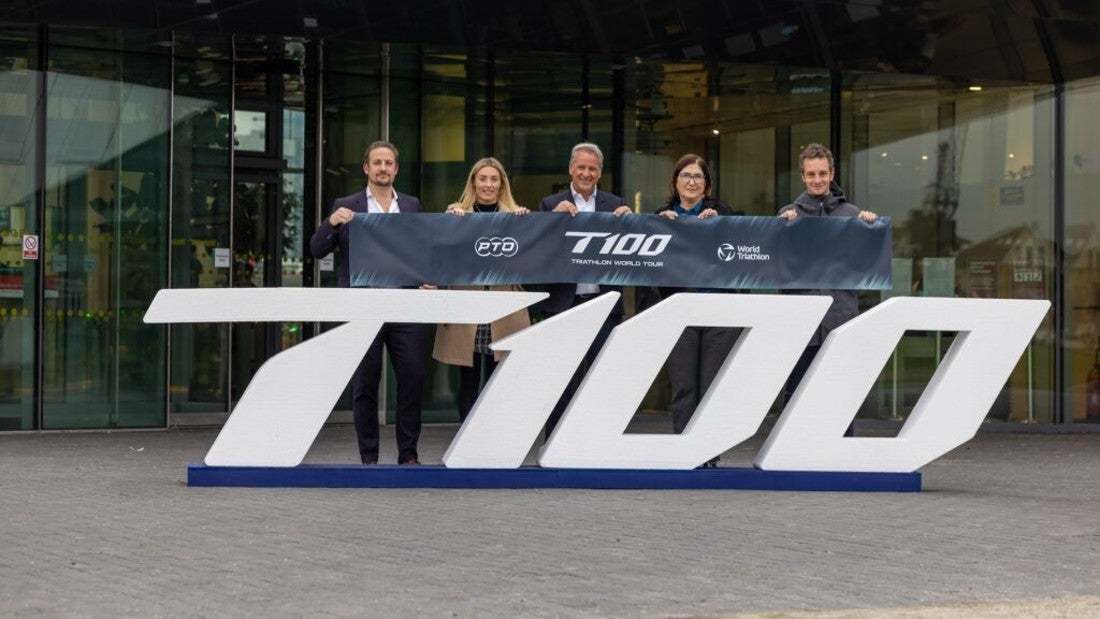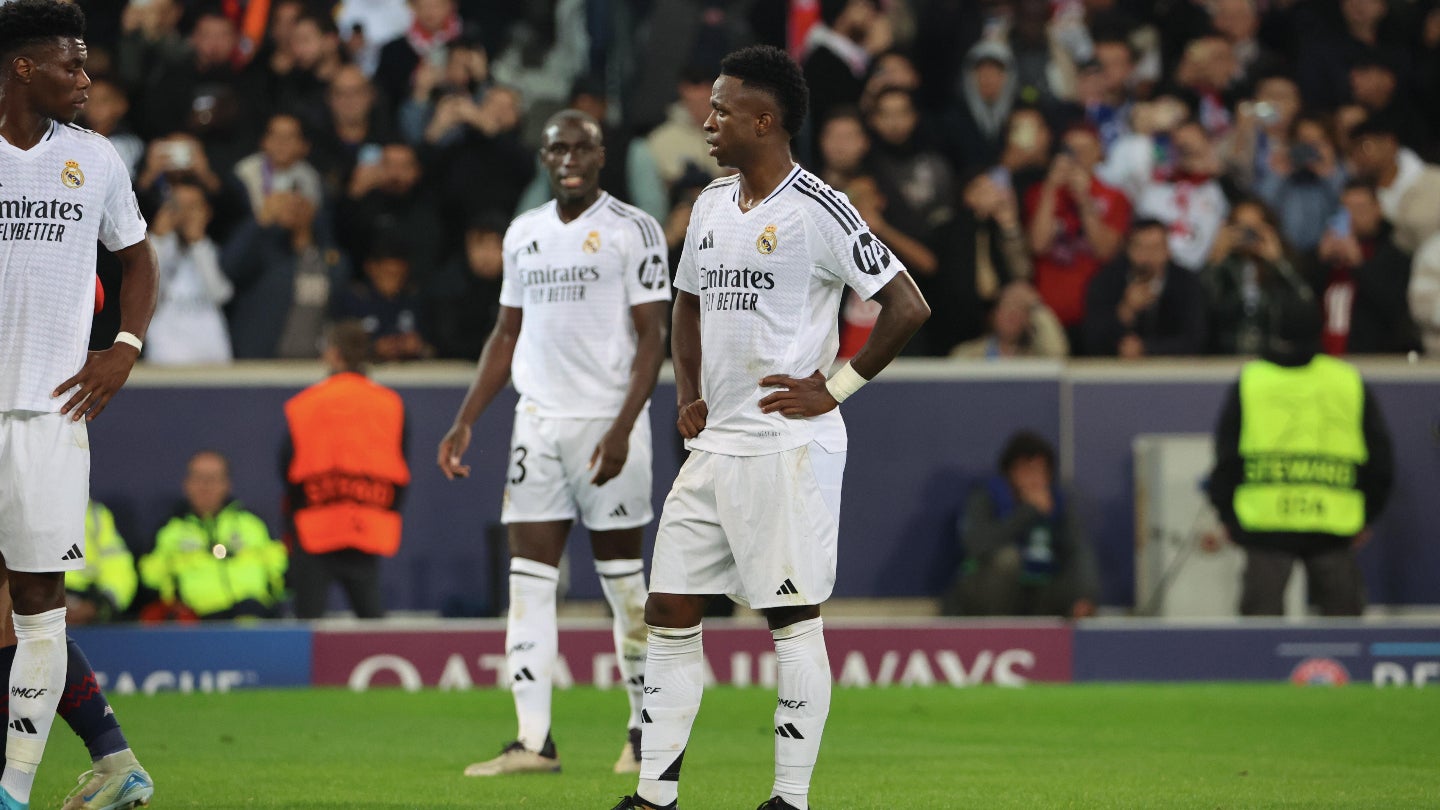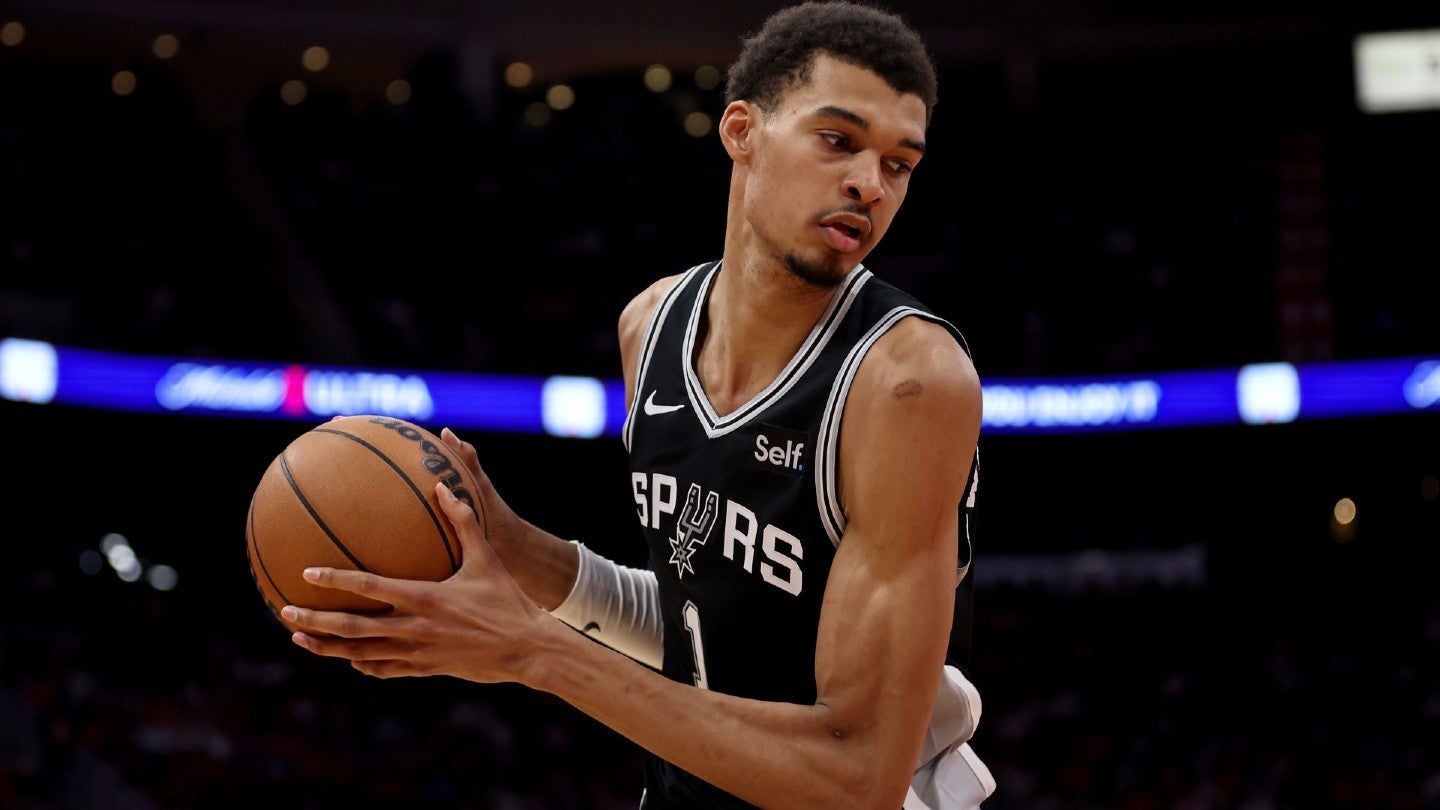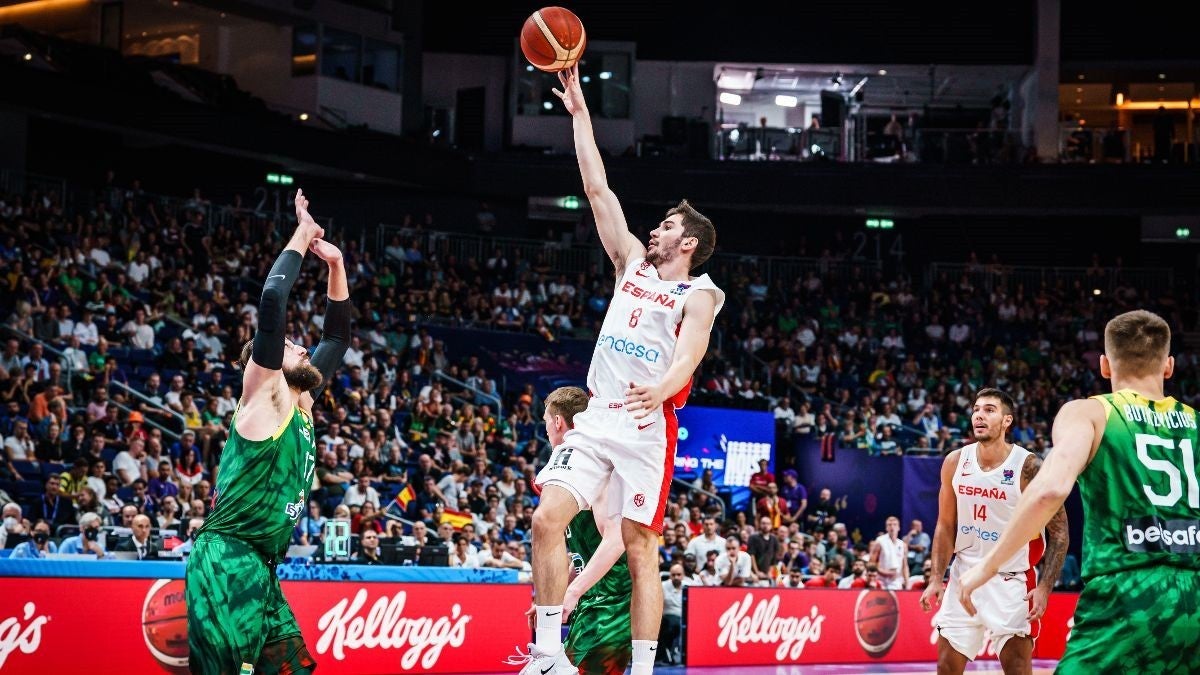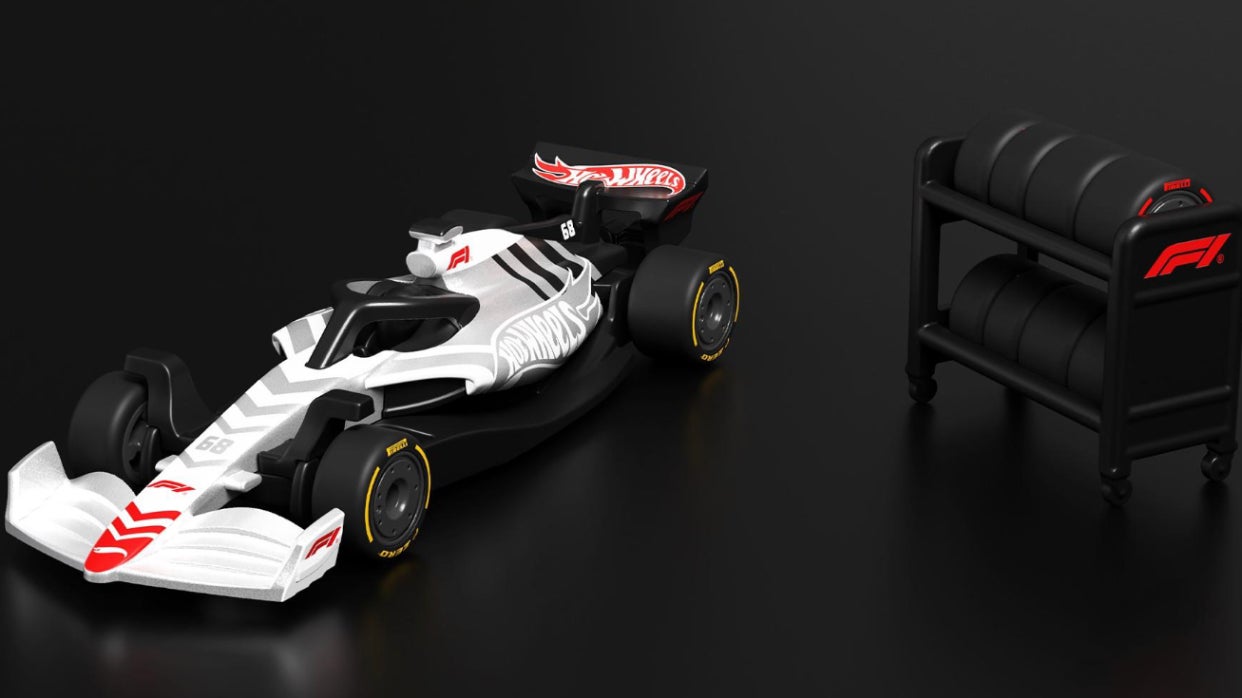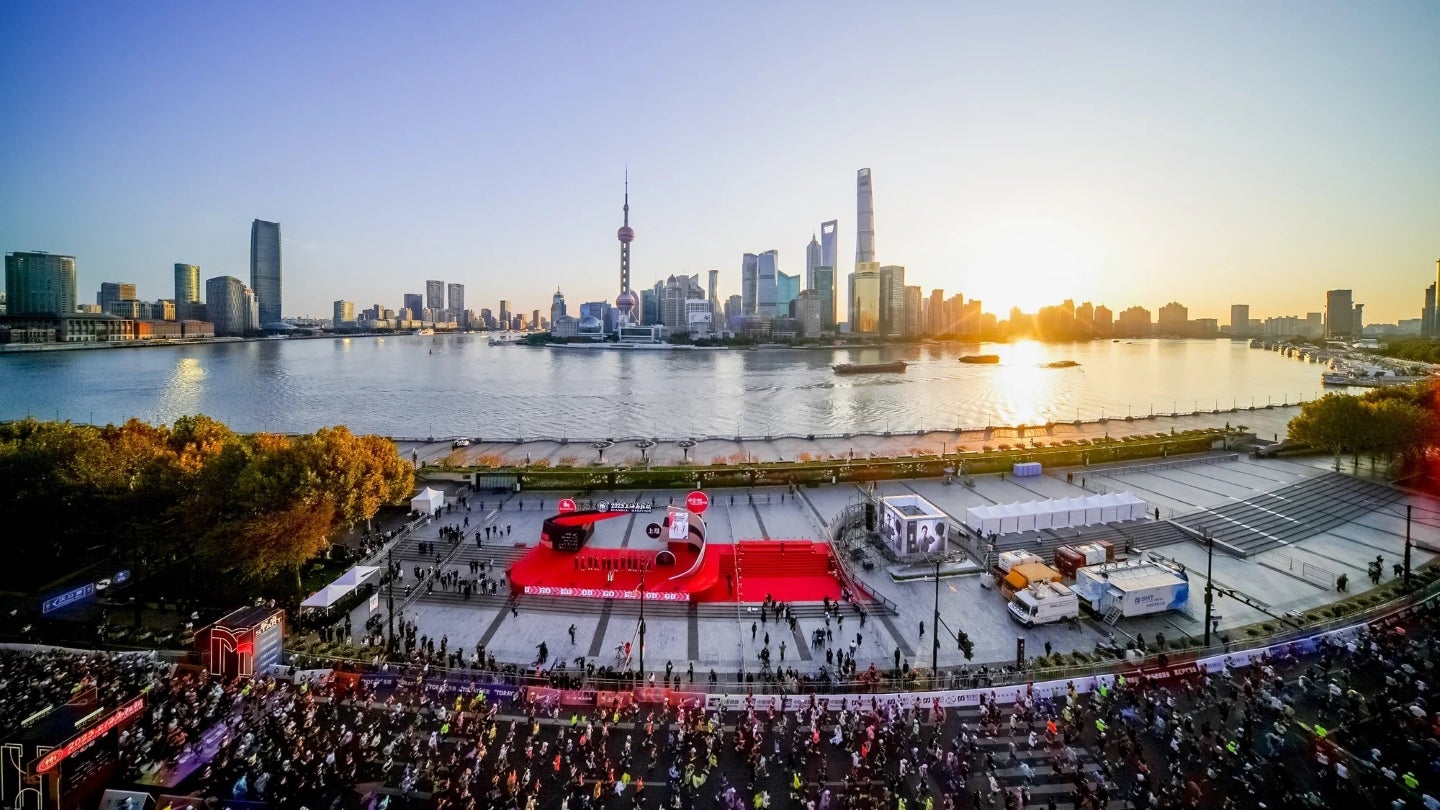The deal
Formula 1 (F1), the iconic elite open-wheel motor racing series recently announced a lucrative new partnership with the luxury goods conglomerate LVMH.
LVMH takes over sponsorship in several prominent categories in the series, with its Tag Heuer watch brand, Moët Hennessy spirits company, and major fashion label Louis Vuitton chief among those taking up branding prominence.
In particular, Tag Heuer’s involvement in the deal may spell the end for Rolex’s sponsorship of F1, while Moët and Chandon's introduction will likely supplant sparkling wine provider Ferrari Trento.
Tag Heuer is already a sponsor of F1’s Red Bull Racing team and has a strong presence across motorsport, including as a partner of the Formula E series which is now majority-owned by F1 owner Liberty Global, where Moët and Chandon had also previously been official champagne provider.
Why it matters
The world of luxury goods, particularly luxury fashion, has long been strongly associated with F1.
rom the Benetton family’s 15-year stint in the sport from 1983-2001 (first as sponsors, then as team owners) to now, when sponsorship branding is ubiquitous across all areas of the sport, luxury brands have been a constant in F1 thanks to the celebrity image of its drivers and its consistent popularity.
When tobacco sponsorships were banned from the sport in 2006, it supercharged the luxury goods industry’s influence in the sport as the best able sector to bring much-needed cash to the series, a move that has helped turn modern F1 stars such as Lewis Hamilton (who has modeled for Louis Vuitton in the past) into stylistic trendsetters out of the cockpit.
This in turn has similarly helped to drive the value F1 sponsorship holds for luxury brands, as F1 has tasked its drivers and teams with creating a constant stream of social media content to capture the more than 90% of Gen Z sports fans that turn to social media to watch and create sports content.
F1’s Netflix docu-series Drive To Survive, for example, has helped to energize the sport’s commercial outlook after a slump under the last years of Bernie Ecclestone’s control of the sport, bringing the series to a new, younger demographic.
Conrad Wiacek, GlobalData Sport lead analyst, commented: “For F1, this deal represents a reinforcement that the turnaround of the sport's image is complete following the fallow years at the end of the Ecclestone era, and that the success of reaching and engaging with a younger audience is paying dividends when it comes to brand partnerships."
Over 7 million people have watched Drive To Survive, many of which had previously only been casual followers of the sport, or not followers at all, and beyond bringing personality to its drivers, its access-all-areas footage of their private lives has also reinforced the competition’s image as an elite sporting playground for the wealthy.
Louise Deglise-Favre, GlobalData Apparel analyst, added: “Formula 1 has experienced a significant rise in popularity in recent years, attracting a new and diverse audience, notably through Drive to Survive.
“As a result, many brands, especially within the premium and luxury segments have been interested in capitalizing on this success and gaining exposure through partnerships. For example, before the deal between LVMH and Formula 1, brands such as Hugo Boss and Tommy Hilfiger partnered with Formula 1 racing teams Aston Martin Racing and Mercedes-AMG respectively.”
Wiacek continued: “The deal signed by LVMH with F1 highlights the continuing appeal of the sport to luxury brands. By committing such vast sums to the sport for the next decade, LVMH is reinforcing the idea of F1 as an aspirational sport that appeals to a wealthy demographic.
“With F1 long having been seen to be an elite sport, brands partnering with it are looking to capitalize on that demographic.”
One of the most prominent changes is the introduction of Tag Heuer as F1’s timekeeping partner, spelling the end for Rolex’s association with the competition.
Rolex for many is considered among the most well-renowned modern partners of F1, both for its iconic brand image and strong association with the racing series, which it has sponsored since 2013.
Rolex currently pays an estimated $52.5 million per year to sponsor F1 and has agreements with individual teams, locales, and races alongside this.
Wiacek said: “By taking a position long held by Rolex, LVMH is building on its relationship with Paris 2024 and developing a presence among elite sporting events.”
Other prominent brands set to come into the fold may include Moët and Chandon. Sparkling wine, particularly champagne, is strongly linked to F1, particularly in the post-race winners' podium ceremony. It was Moët and Chandon that began that tradition back in 1950, and as such the new LVMH deal brings it full circle.
Perhaps more crucially, it will provide major visibility for its prestige champagne brand, while conversely maintaining F1’s status as a high-class sport and a willing promotional vehicle for luxury goods.
Deglise-Favre said: “Most Grand Prix races have become highly mediatized due to the many celebrities usually in attendance, representing an opportunity for publicity for the LVMH brands partnering with the franchise.
“From Formula 1’s point of view, this partnership will allow it to benefit from the prestige and exclusivity emanating from LVMH’s luxury brands, allowing it to heighten the brand image of the franchise overall.”
The detail
The lucrative tie-up has been suggested to be worth as much as $150 million per year.
LVMH brands will receive a prominent presence across F1 races, including broadcast placement, trackside branding, and social media/digital collaborations.
According to LVMH, this will also include “hospitality, bespoke activations, limited edition [products], and outstanding content.”
The 10-year deal will run from the beginning of the 2025 season through the end of the 2034 campaign.


